Static Ropes
Static ropes are a distinct category from dynamic ropes, offering minimal stretch under load. Here’s a breakdown of their key features and applications:
-
Characteristics:
- Minimal elongation: Static ropes exhibit very low stretch under load, typically less than 1% even under significant weight.
- High strength: Static ropes are designed to withstand high loads, making them suitable for hauling heavy equipment, creating tensioned systems, and specific applications at height.
- Construction: Similar to dynamic ropes, static ropes typically feature a braided kern (core) protected by a woven mantle (cover). The kern material is usually high-strength fibers like nylon or polyester.
-
Applications:
- Industrial climbing: Hauling equipment, creating tensioned rope systems for work positioning or access.
- Arboriculture: Lowering large branches, rigging heavy limbs for removal, creating tension for controlled dismantling of trees.
- Height rescue: Hauling systems, establishing tension for raising or lowering rescue personnel or equipment.
- Specific adventure activities: Tyroleans (ziplines) with controlled descent (not free fall), technical rope maneuvers that require minimal stretch.
Important Safety Note: Static ropes are not suitable for belaying climbers due to the lack of stretch, which could translate the force of a fall directly to the belayer and potentially cause serious injury.
Showing all 12 results
-

Edelrid | Static Low Stretch Rope | 10,5 – 11,0 mm
€ 85,00 – € 386,00 Ex VAT Select options This product has multiple variants. The options may be chosen on the product page -

Edelrid BUCCO Static Rope | 11,6 mm
€ 92,00 – € 204,00 Ex VAT Select options This product has multiple variants. The options may be chosen on the product page -

Edelrid ENDURO STATIC rope | 9,5 – 11,0 mm
€ 77,00 – € 380,00 Ex VAT Select options This product has multiple variants. The options may be chosen on the product page -

Edelrid JACAMAR Static Rope | 12,6 mm
€ 150,00 – € 249,00 Ex VAT Select options This product has multiple variants. The options may be chosen on the product page -
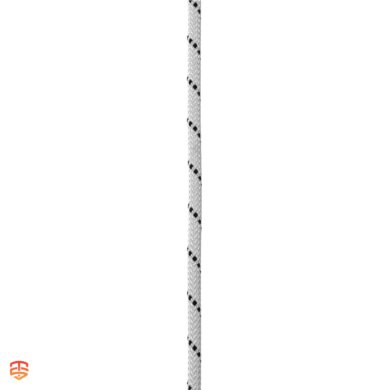
Edelrid Performance Static Rope | 9,0 – 12,0 mm
€ 69,00 – € 425,00 Ex VAT Select options This product has multiple variants. The options may be chosen on the product page -

Edelrid PINTAIL LITE Static Rope | 9,0 mm
€ 73,00 – € 345,00 Ex VAT Select options This product has multiple variants. The options may be chosen on the product page -

Edelrid PINTAIL Static Rope | 10,0 mm
€ 85,00 – € 406,00 Ex VAT Select options This product has multiple variants. The options may be chosen on the product page -

Edelrid POWERSTATIC Static Rope | 11,0 mm
€ 127,00 – € 505,00 Ex VAT Select options This product has multiple variants. The options may be chosen on the product page -
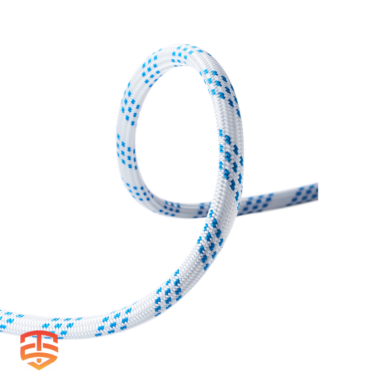
Edelrid Prostatic SyncTec Static Rope | 10,5 – 11,0 mm
€ 111,00 – € 475,00 Ex VAT Select options This product has multiple variants. The options may be chosen on the product page -

Edelrid WOODPECKER Static Rope | 11,7 mm
€ 120,00 – € 192,00 Ex VAT Select options This product has multiple variants. The options may be chosen on the product page -

Edelrid X-P*e Static Rope | 12,3 mm
€ 165,00 – € 995,00 Ex VAT Select options This product has multiple variants. The options may be chosen on the product page -
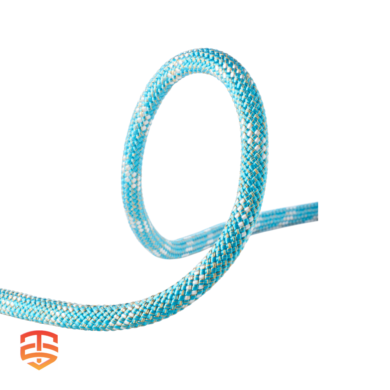
Edelrid Interstatic Protect 11,0 mm – Static rope
€ 161,00 – € 643,00 Ex VAT Select options This product has multiple variants. The options may be chosen on the product page
Showing all 12 results
We Recommend
-

LockD Clips Swivel | Continuous Self-Belay
€ 389,00 Ex VAT -
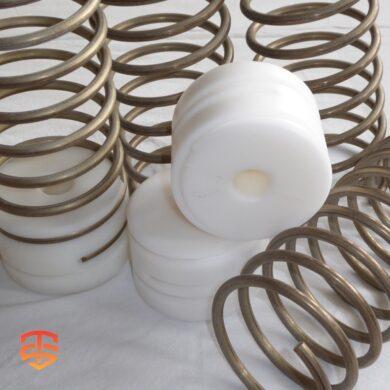
Spring Brake System | Primary & EAD zipline brake
€ 80,00 Ex VAT -

QuickFlight Free Fall Device | 6 – 15,3 meter
€ 4.249,00 – € 4.549,00 Ex VAT Select options This product has multiple variants. The options may be chosen on the product page -

TRUBLUE iQ Auto Belay | 4,5 – 20 meter
€ 2.799,00 – € 3.159,00 Ex VAT Select options This product has multiple variants. The options may be chosen on the product page
Best Sellers
-
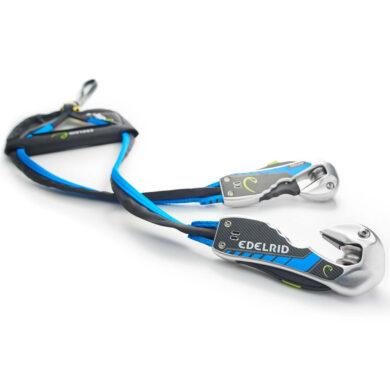
Edelrid Smart Belay X | Magnetic Locking Mechanism
€ 544,00 – € 623,00 Ex VAT Select options This product has multiple variants. The options may be chosen on the product page -

Spring Brake System | Primary & EAD zipline brake
€ 80,00 Ex VAT -
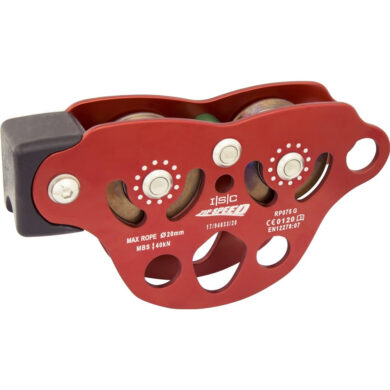
ISC Zipspeed-S Trolley
€ 183,00 – € 271,00 Ex VAT Select options This product has multiple variants. The options may be chosen on the product page -

Superman Zipline Harness
€ 405,00 – € 570,00 Ex VAT Select options This product has multiple variants. The options may be chosen on the product page







